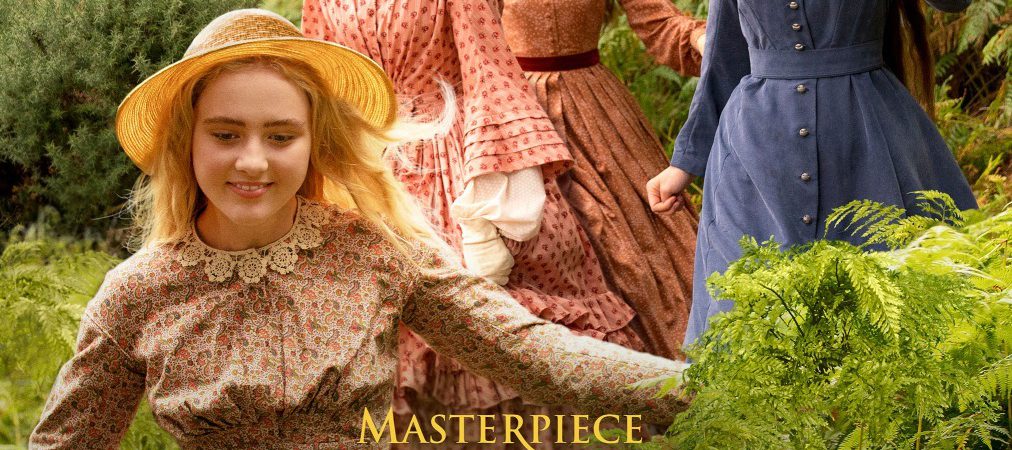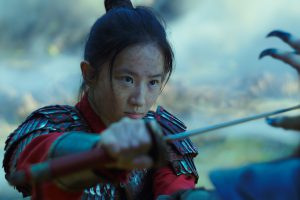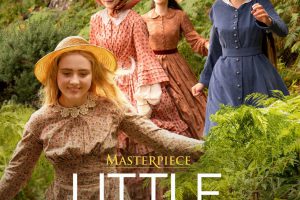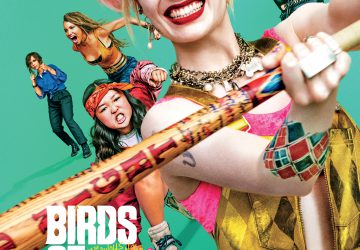
There Is to Know About India’s Fashion
Indigenous (or native) Style by the Name states clothes, fashion and accessories that appeal to a specific area or nation or are indigenous to a certain culture.
Back in today, Native clothing was in fact connected to the people of North America and that is where the expression even originated. Native American clothes is a vital part of American history and culture. Weaving, beading, and comprehensive work like feathering played a significant role in Native American clothes. Native American clothing was a most important factor in religious and cultural ceremonies. Intricate beadwork and feathered headdresses were also commonly worn during ceremonial displays.
Indigenous fashion was more than just style to them. It represented their culture and heritage, over anything. Indigenous designers frequently incorporate motifs and habitual substances in their wearable artworks, providing a basis for creating items for its haute couture and global fashion markets that become the newest trends in fashion. In some cases, however, they choose not to incorporate any materials associated with native cultures.
History of Native Fashion
As was custom with all the Native Americans, they were very resourceful with All the Materials which were available to them, and they utilized the skin of deer to make clothing as well as fibrous substances. There were many different beadwork patterns that were emblematic to each tribe.
Women were mostly the seamstresses Of the tribes. They would prepare the skins which would be used to make clothing. The action of earning Native American clothing wasn’t a job that the women took lightly. Many of the decorations and the items used by the girls to decorate the clothes were significant symbols of prestige and power. Family relationships were honored through the art of making Native American clothing. Ladies would work on the clothing for loved ones, and using objects that represented the jobs of her loved ones.
While Native Individuals have consistently produced clothing, until the Twentieth century the clothes they made were for personal or ceremonial use. However, forced assimilation policies during the nineteenth and early twentieth centuries focused on protecting Native American civilization, including religious observance, language, and other conventional practices. Afterwards, policies like the 1934 Indian Reorganization Act altered the plan for schooling of Native peoples, encouraging them instead to reconnect with their cultures, including the creation of traditional dress.
Indigenous Australians also have affected modern Australian dress since initial contact. From possum skin cloaks and also booka kangaroo capes to shell bracelets in Tasmania, Europeans have been fascinated with Indigenous materials, aesthetics and skills. They’ve stolen, purchased, borrowed and worn them for at least 200 years.
In turn, Indigenous Australians have occasionally enjoyed wearing soldiers’ red jackets as battle spoils and maybe mocked the Europeans by sporting their top hats cockily from the early streets of Sydney.
Traditional apparel practices, along with ceremony, speech and music-making, were frequently banned by the colonisers.
India’s Indigenous Fashion History and Descendance
It’s estimated that theIndian handloom and weaving industries employ Woven fabrics and handlooms constitute around 15 percent of the fabric market and 95% of the planet’s hand-woven fabrics come from India.
These authorities statistics do not even take into account the exceptionally unorganised embroidery industry that is nearly completely run in non-descript locations all around the nation. Small workshops that are mostly dilapidated structures with little to no power and no basic amenities. It is easy for the phrase’sweat shops’ to immediately come to mind. The institutions are operated by well-meaning but uneducated owners that are struggling to make ends meet after paying for their outlay. Leading to no official listing of their companies and most dealings happening in money to save taxes.
Largely Because these people make up the significance of Indigenous Fashion in today’s day and age. India’s fashion industry is at such a point where the very people that are redefining the handloom industry of now are the only ones who’re changing the landscape of fashion and in a good way, bringing back hand woven fabric and hands function in the latest style trends.
Clothing at India varies depending on the different ethnicity, geography, climate, and cultural conventions of the people of each region of India. In metropolitan locations, western clothing is common and closely worn by men and women of all societal levels.
India includes a fantastic diversity in terms of weaves, fibers, colors, and material of clothing. At times, color codes have been followed in clothes depending on the religion and ritual worried. The clothes in India additionally encompasses the vast array of Indian embroidery, prints, handwork, embellishment, styles of sporting fabrics. A broad mix of Indian standard western and clothing styles can be seen as of now in our nation.
In India, tendencies in fashion for women’s Clothes varies widely and can be closely associated with the local culture, religion and climate. Saris made from lace are thought to be the most elegant.The traditional fashion of clothing in India varies with male or female distinctions. This is still followed in the rural regions, though is changing in the urban regions.
Be it clothing, accessories, shoes, etc., they utilize many techniques of surface ornamentation like lace, weaving, beading, printing, dyeing, and many more that enhance the beauty of any product.
They Supply a wide range of Merchandise From keeping Indian tradition living with their exclusive juttis with a modern twist to strappy sandals and modern clothing.
The Jutti (looks like the modern-day ballet flats) was initially used by Indian royalty at the 16th century. Women fought battles wearing Juttis, that’s how comfortable they are At Pretty Peachthey provide you with a modern twist to conventional juttis with modern, fun designs making sure that they go with every outfit (Indian and western) and event. Together with Juttis, they also house a wide range of heels, shoes and other ranges as well. They also carry dresses, shorts, shirts, pants, jackets together with handmade totes, clutches, jewellery that depict native style. You can check them out here https://www.prettypeach.shop and https://www.etsy.com/in-en/shop/PrettyPeachByRohini
In the IKF Desk
After much experimentation With assistance from local authorities, mostIndian designers have exercised that the key to Making India’s indigenous sectors not only sustainable but also profitable is reinvention.
Modern Indian men and women do not want to dress just like their parents and Grandparents, but they do not wish to completely isolate their Indian ethnicity either. That is evident from the last decade when there’s been a surprising Resurgence towards being wearing Indian with a contemporary twist.
It might seem like this was only a random change in trends but in reality, Mind-set using their conscious and constant attempts.

















Comments